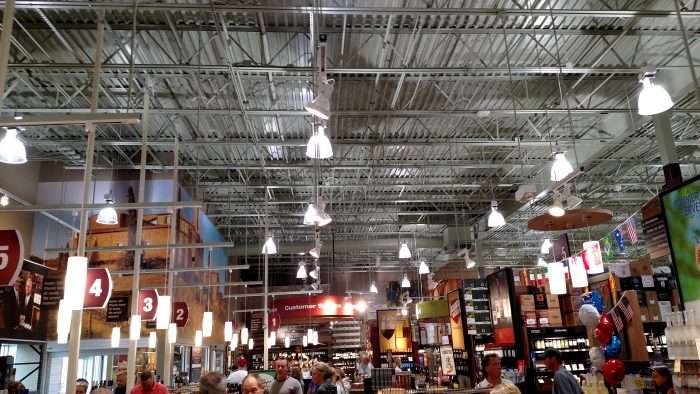Keeping up to date with the latest and greatest in technology can be a pricey endeavor if you don’t calculate the expected return on investment (ROI) first and choose upgrades that will quickly benefit the bottom line of your company.

LED lights help companies and businesses save on their lighting and energy costs, but each facility is different. The ROI that you can expect to see after upgrading your lighting system will depend on many variables. Fortunately, calculating the ROI of LED lights isn’t too difficult. Of course, getting a detailed ROI quote requires complex calculations, but it is possible to use some quick and easy formulas to see if converting to LED lights is even worth considering further.
How to calculate a basic LED ROI
Before you can calculate the ROI of LED lights, you’ll need to gather some data about your facility and light usage. There are 13 pieces of information you’ll need.
- Existing bulb wattage
- Existing bulb unit cost
- Existing bulb life
- Number of bulbs in use
- Hours of daily use per bulb
- Existing bulb use per year
- Energy cost
- Bulb replacement labor rate
- Time to replace bulbs
- Number of workers to replace bulbs
- LED bulb wattage
- LED bulb unit cost
- LED bulb life
Once you’ve gathered that information, you’ll be able to estimate the savings you can expect to see if you convert to LED lights. It’s possible to do the calculations with pen and paper, but you can also use an online calculator to make the process quicker.
After calculating the expected ROI, you will be able to make a more informed decision about your lighting options. Because LED lights use about 85% less energy, many companies and businesses find that they are able to see a return on investment quickly, even with the initially higher cost of each bulb.
